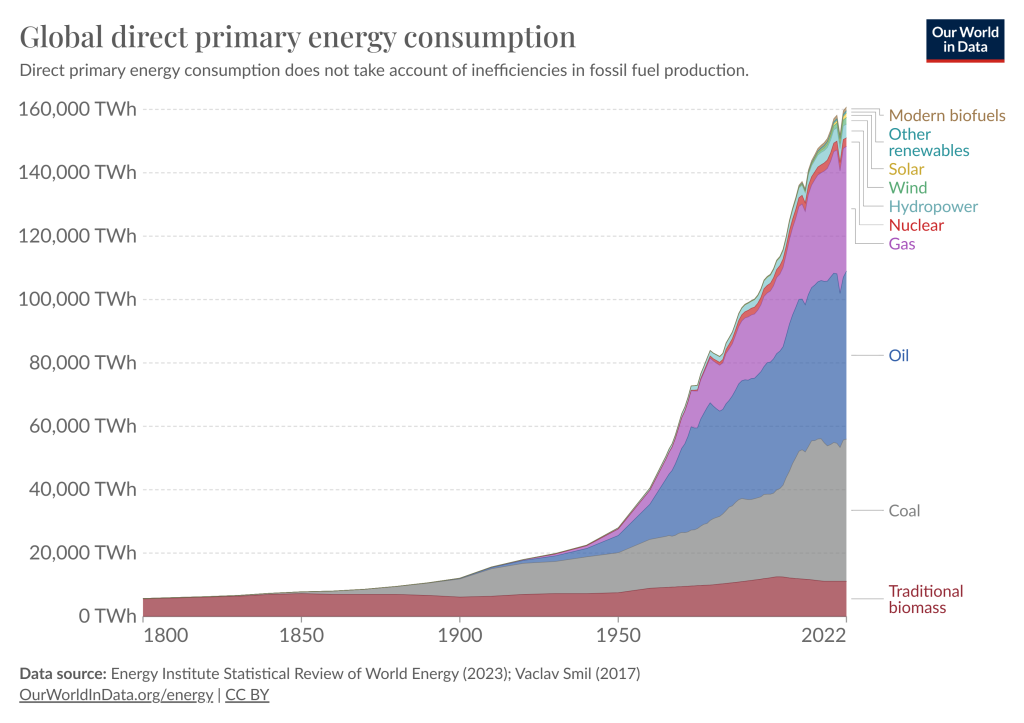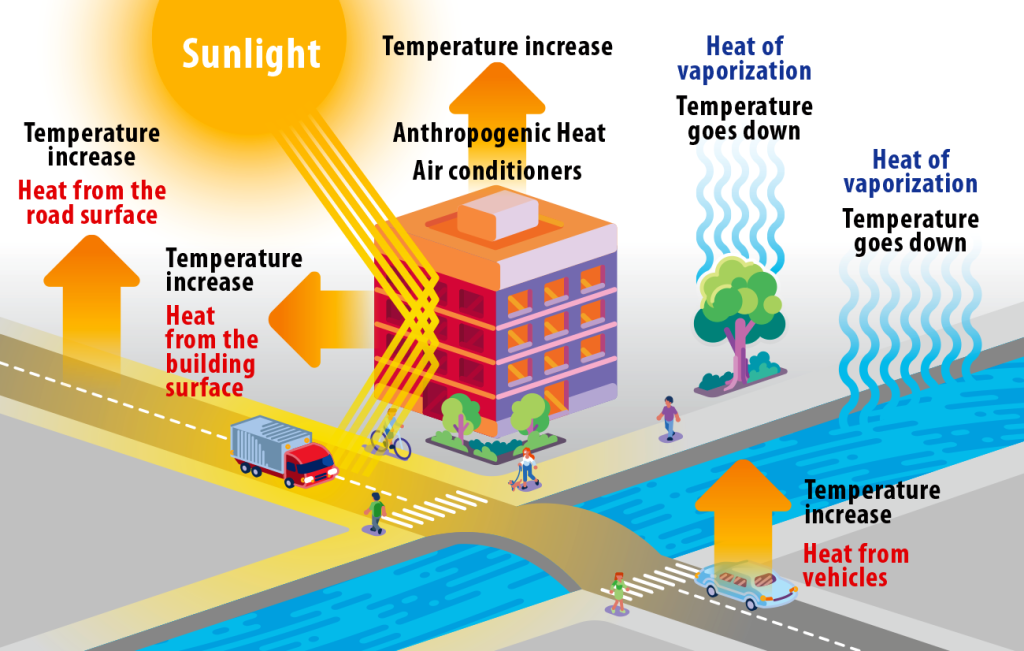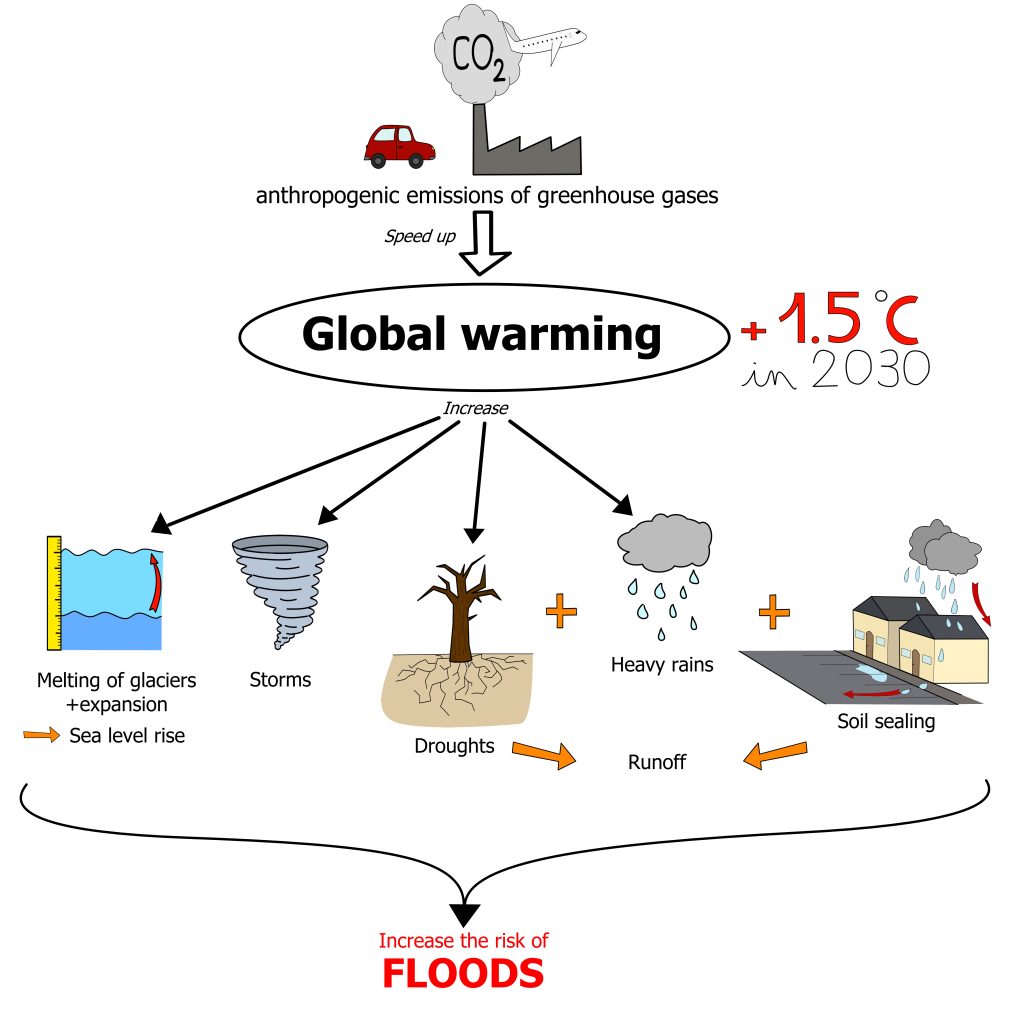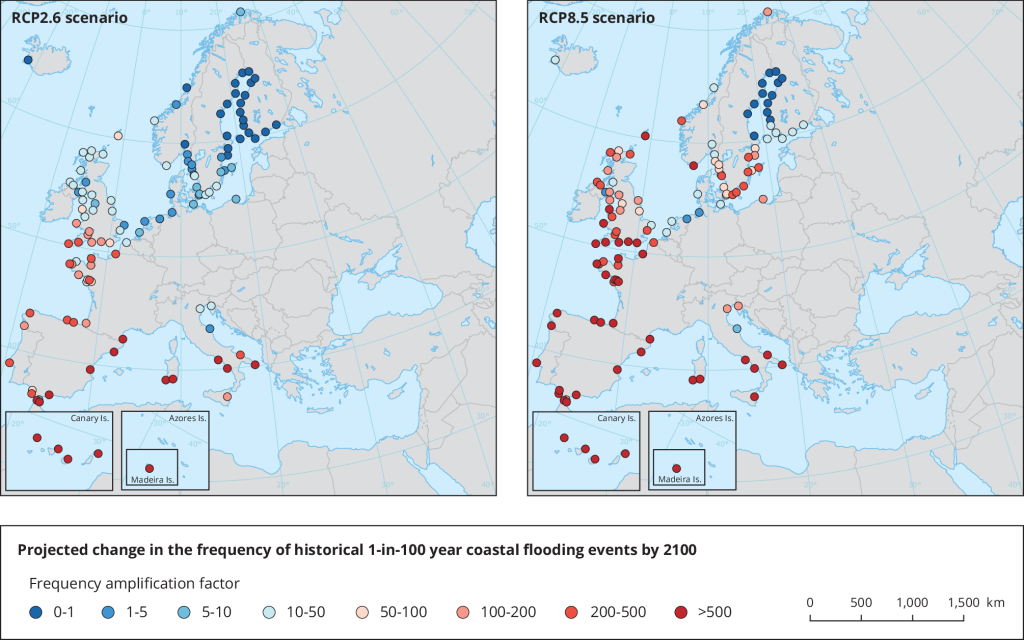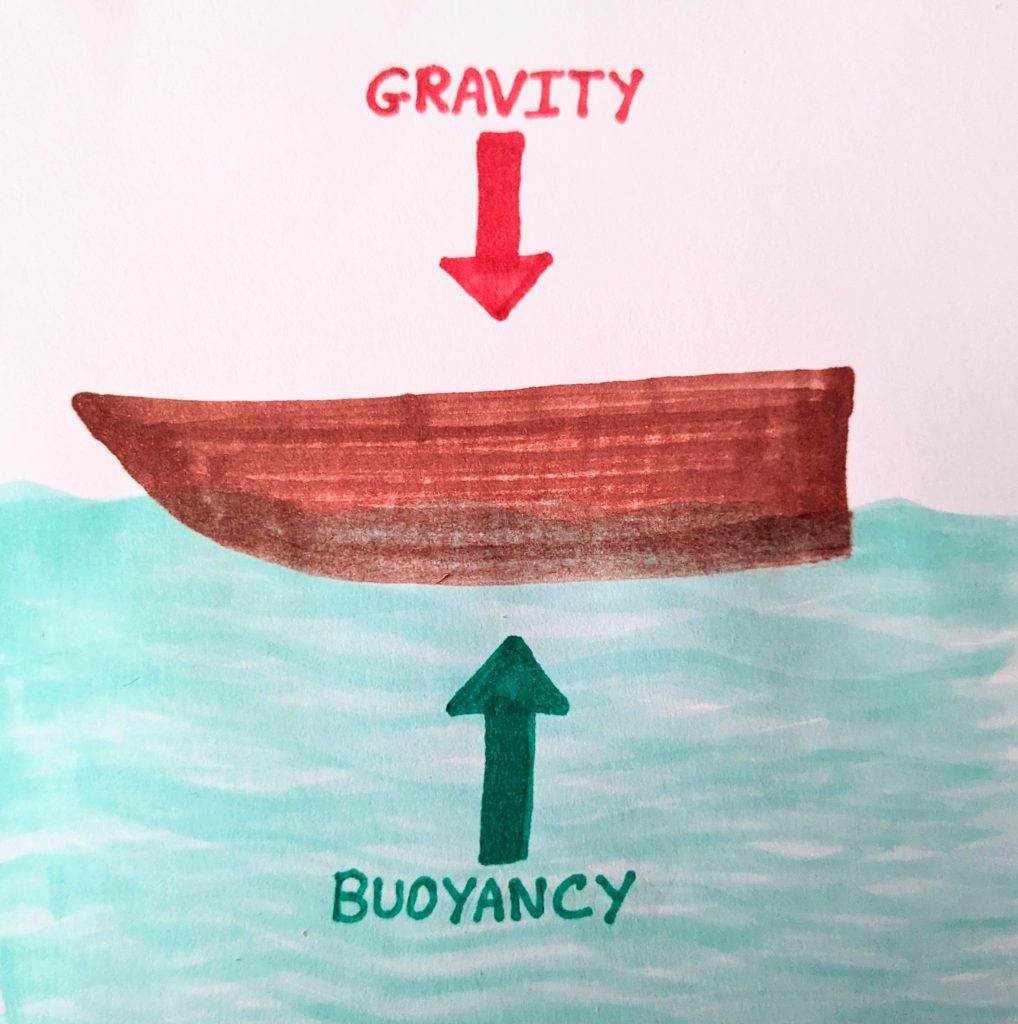Climate change, speeded up by human activities, stands as a global challenge with far-reaching consequences for our planet, indeed, “Human activities, principally through emissions of greenhouse gases, have unequivocally caused global warming, with global surface temperature reaching 1.1°C above 1850–1900 in 2011–2020” (AR6 Synthesis Report, s. d., March 2023). The relentless rise in greenhouse gas emissions, notably carbon dioxide, has accelerated the warming of the Earth’s atmosphere, leading to profound shifts in weather patterns. This phenomenon, often referred to as global warming, brings about rising sea levels, extreme weather events, and increased flood risks. It also impacts people, since “vulnerable communities who have historically contributed the least to current Climate change are disproportionately affected”(AR6 Synthesis Report, s. d.) and the financial budgets for Adaptation are insufficient, leading to more Vulnerability, especially in developing countries. In this article, we delve into the intricacies of Climate change’s impact on populations and floods.
1. What is Climate change?
Global warming, like its name indicates, is a global phenomenon that will – and is already – impacting populations and environment, all around the world. That is why, thanks to our reading, we want to know whether Climate change is affecting flooding, and if so, what influence it has on flooding.
First, if you are not sure about what exactly is global warming, here is a short video explaining causes and effects of Climate change made by National Geographic (2017).
As explained in the video, Climate change is a natural phenomenon alternating between ice ages and warmer periods, however, the actual rate of change in atmospheric temperature is undeniably due to human activities (Climate change Evidence, s. d.), warming up the atmosphere a lot faster than it should.
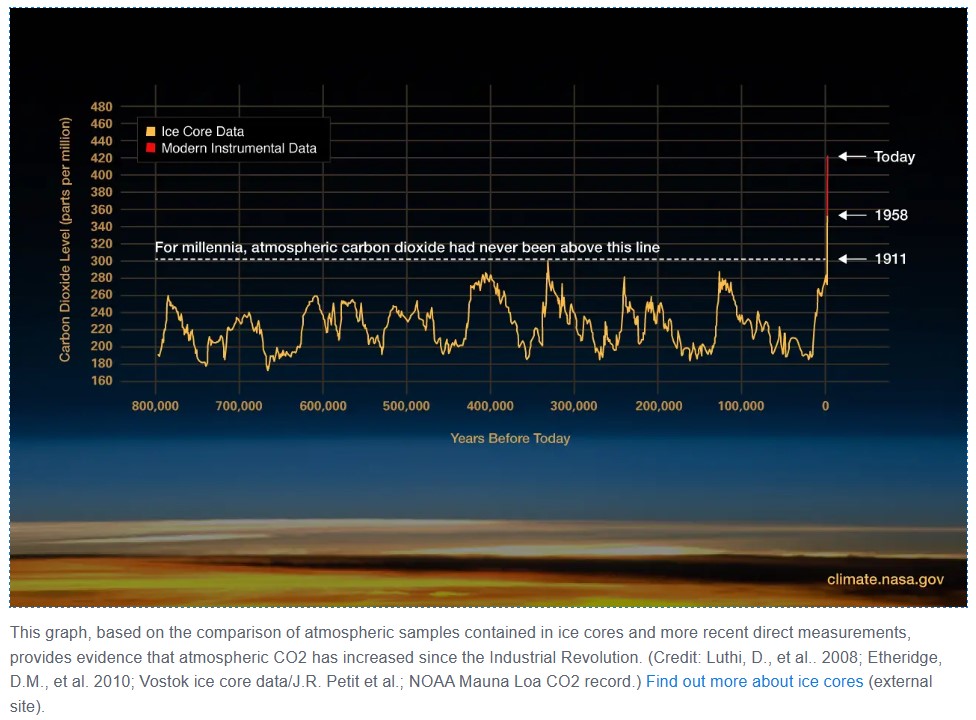
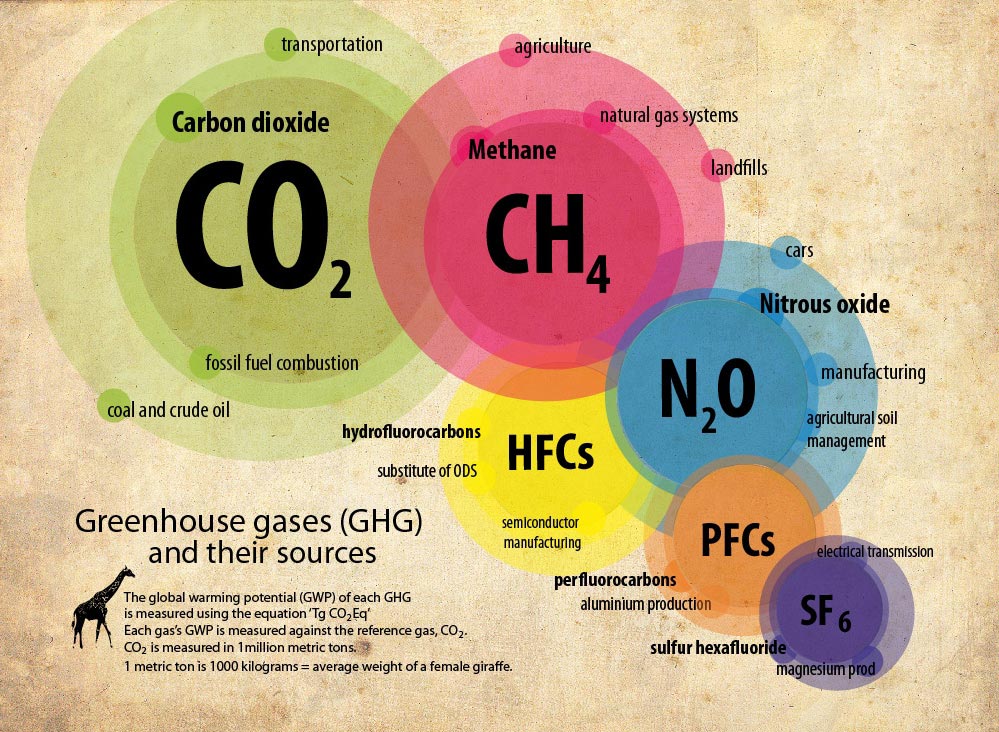
.
.
Climate change is caused by the greenhouse effect. Indeed, some gases, named greenhouse gases (GHG), trap heat from the sun and keep it in the atmosphere, warming the atmospheric temperature. Human activities release these gases, mostly carbon dioxide, and participate actively in this phenomenon.
.
.
.
As shown in the graphs above, human activities that consume fossil energies have been greatly increased and today, our economic model is based on GHG emitting activities and on mass consumerism. Till nowadays, every time a new source of energy has been developed, it has never replaced one but it has been added to the others. Fast-fashion is a great example of this economic model: it is responsible for 4 to 10% of global GHG emissions every year and is predicted to consume 25 to 30% of the world’s remaining carbon budget by 2050 (Denis, 2023).

.
The consequences on the environment and the population make Climate change an international issue for today and tomorrow. The increase of atmospheric temperature leads to the melting of glaciers which cause the sea-level to rise and is causing floods. It also is the source of more extreme weather phenomena: the storms, floods, droughts and other natural disasters will be more intense and last longer. Moreover, agriculture will be more difficult, due to animal and plant migration towards cooler places. Global warming is too fast for most species to adapt to the change of their environment. Some consequences will have and already have a direct effect on people, mostly in urban areas, such as the heat island effect. This phenomenon can increase the ground temperature by up to 15°c more than air temperature (US EPA, 2014).
$
$
Heat island effect:
During the day, urban infrastructures (buildings, roads, …) absorb the heat of the sun and re-emit it(US EPA, 2014), making cities places with hotter temperatures than rural areas and a less livable place.
As shown, people are and will be touched by Climate change directly and indirectly. We will now look more closely at how Climate change will affect the Risk of floods.
$
$
$
$
2. Inevitable consequences on flood Risk
To understand how Climate change is affecting flood Risk, you can read the blueprint below, using data from the 6th report of IPCC.
As explained above, human emissions of greenhouse gases will speed up Climate change. Then, Climate change will have various impacts on the environment. In this document, we will focus on the consequences of floods.
If you want to know more about floods, here is our article explaining what floods are, the different types of floods and their consequences.
The first consequence we often think about is the sea-level rise will. Since the atmospheric temperature is increasing, the water temperature will also increase, and H20 molecules, when warmed, become excited and they take more space. This water expansion is responsible for almost half of the rise of the last 25 years (Nunez, 2023). Another consequence is the melting of glaciers, ice caps or any other type of ice on a land surface. Normally, this ice melts during summer and reassembles during winter thanks to snowfalls or rainfalls. But, with Climate change, ice melts more during summer, winters are shorter and it rains and snows less, causing a loss of balance between those two events (Nunez, 2023). Furthermore, scientists believe that, because of the melting and the sea-level rise (which are working as lubricant), ice sheets are speeding up their move towards the sea (Nunez, 2023), participating to increase the sea-level. Storms are also more frequent and more destructive because of Climate change. So, the sea-level rise combined with storms will increase the Risk of coastal flooding. Scientists found that “ the odds of exceeding critical water-level thresholds increases exponentially with sea-level rise, meaning that fixed amounts of sea-level rise of only ~1–10 cm in areas with a narrow range of present-day extreme water levels can double the odds of flooding” and “the odds of extreme flooding double approximately every 5 years into the future” (Taherkhani et al., 2020). This study shows that floods will happen more frequently, making Climate change a threat for coastal urban areas. So people living in those areas may be more vulnerable facing flood Risk, which can lead to a problem of Equity.
If you want to know more about Vulnerability, we wrote an article on the subject.
In theory, global warming is expected to increase river flooding as it increases the frequency of heavy rains and storms. However, there is a lack of observations confirming this theory (Brunner et al., 2021). Many factors impact river flow, such as catchment size, rainfall, season,… making it difficult to find the impact of Climate change on it. This study demonstrates that Climate change will increase the frequency and intensity of extreme flood events but will decrease moderate flood events. It can be explained by the fact that with warmer atmospheric temperatures, evaporation will happen faster, causing soils to dry out faster. During moderate river floods, soils will be able to absorb more water, which will not be possible with extreme events since the amount of water will be too important to be absorbed (Shao, 2023).Climate change will also impact the other types of floods: flash, runoff and pluvial. The increase of heavy rains combined with droughts will escalate the Risk of floods since a completely dry soil will have difficulties to absorb water. Soil sealing is aggravating these events, since soil will not be able to absorb water, creating runoff which can lead to floods in case of heavy rains (Yin et al., 2018).According to studies and theoretical models, Climate change will globally have different impacts depending on the type of flood. In most cases it will lead to an increase of the Risk of flood. However, based on observations on this phenomenon and the fact that it is difficult to acknowledge which part of floods is attributable to Climate change, it is, yet, too early to know how, in practical, Climate change will exactly impact floods.We will now take a closer look at the European case.
3. Europe and floodings: an uncertain future
Europe is a vast area so Climate change doesn’t affect countries in the same way. And even within countries, there are local variations.However, since the subject is Europe, we will not search for local data, but we will look at European maps based on models and scientific research.
First, here is a map showing the projected change in the frequency of historical 1-in-100 year coastal flooding events by 2100 made by the European Environment Agency (Extreme Sea Levels and Coastal Flooding, 2022). There are two maps, one is in case of a low emission of greenhouse gas scenario (RCP2.6), and the other one is for a high emission of greenhouse gas scenario (RCP8.5).
The map shows that in 2100, no matter which scenario is selected, the frequency of 1-in100 year coastal flooding events will be multiplied by more than 500, making them occur at least once a year in the countries along the Mediterranean Sea and the Black Sea. In mostly all other coastal areas, 1-in100 year coastal flooding events will happen at least once in a decade. There are no areas where the frequency of coastal flooding events would decrease by 2100.
For the high emission scenario, the frequency of these floods will be at least once a year along most European coasts. Northern European countries seem to be less impacted. It can be explained thanks to the Archimedean buoyant force (or archimedes principle), indeed, the ice sheets of these countries are melting. There is less mass so the gravity force is less important, making the land to elevate because of thrust. Because of this phenomenon, sea-level rise will happen but it will not have a strong impact on those countries, which is why the amplification factor is between 0 and 1(Extreme Sea Levels and Coastal Flooding, 2022).
$
$
Climate change will increase sea-level rise, which will lead to more coastal floods, making people living along the coast more vulnerable to flood Risk. If the sea-level rise by 1 metre, 13 million of people will be affected, this figure can increase till 29.2 million if the sea-level rise by 6 metres (Climate change impacts in Europe, 2020). The most vulnerable areas are:
- the coasts of Belgium, Netherlands, Danemark, South Sweden and North-West Germany,
- the West and South coasts of France,
- The North-East coasts of Italy, where Venice is.
If Vulnerability facing flood Risk is what you are interested in, we wrote an article about this subject.
Want to go further?

